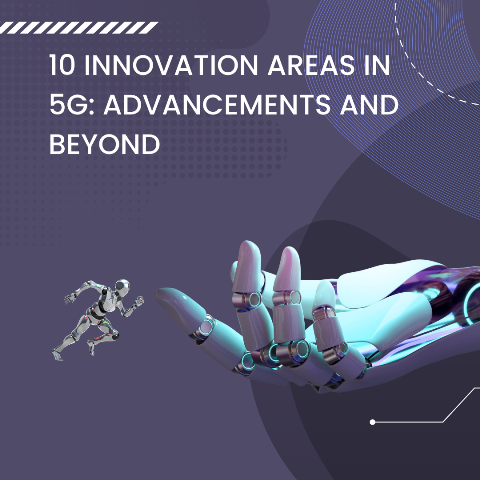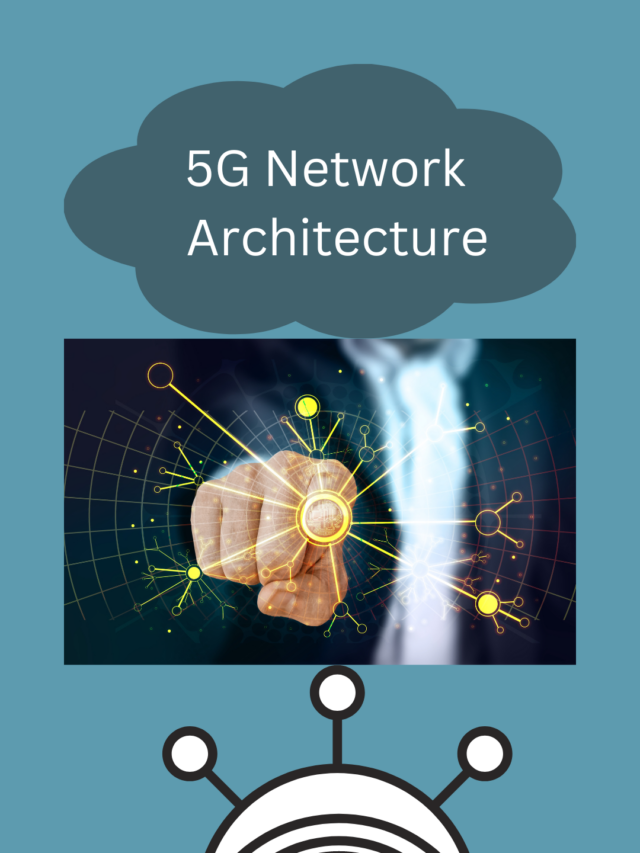Introduction
Welcome to our comprehensive guide on the innovation areas within the realm of 5G technology. Many companies are working and developing cutting-edge solutions that push the boundaries of what’s possible with 5G and pave the way for a future of enhanced connectivity. In this article, we will delve into ten key innovation areas that are poised to revolutionize various industries and drive the evolution of 5G technologies to new heights.
1. Internet of Things (IoT) Connectivity
As 5G networks continue to expand their coverage and capabilities, the Internet of Things (IoT) is set to flourish. With its unparalleled speed, low latency, and ability to connect massive numbers of devices, 5G enables seamless communication between IoT devices, fostering the development of smart cities, autonomous vehicles, industrial automation, and more. The possibilities are truly limitless.
2. Augmented Reality (AR) and Virtual Reality (VR) Experiences
Immersive experiences powered by AR and VR technologies have gained significant traction in recent years. 5G plays a pivotal role in enhancing these experiences by providing the necessary bandwidth and responsiveness. Whether it’s immersive gaming, virtual travel, or advanced training simulations, 5G’s high data rates and ultra-low latency enable realistic and interactive AR and VR applications like never before.
3. Edge Computing
Edge computing has emerged as a transformative concept, bringing computational power closer to the data source. With 5G, the integration of edge computing becomes even more powerful. By leveraging the distributed architecture of 5G networks, processing and analysis of data can occur at the network edge, enabling faster response times and reducing reliance on centralized cloud infrastructure. This opens up new avenues for real-time applications, such as autonomous vehicles and remote robotic surgeries.
4. Enhanced Mobile Broadband (eMBB)
One of the most immediate benefits of 5G is the significant boost in mobile broadband speeds. With eMBB, users can enjoy lightning-fast download and upload speeds, enabling seamless streaming of high-definition content, lag-free online gaming, and faster file transfers. This improved connectivity experience unlocks new possibilities for multimedia-rich applications, empowering content creators and consumers alike.
5. Ultra-Reliable Low Latency Communications (URLLC)
URLLC is a vital aspect of 5G that caters to mission-critical applications where reliability and low latency are paramount. Industries such as healthcare, manufacturing, and transportation can leverage URLLC to enable real-time monitoring, remote robotic control, and highly responsive communication systems. By ensuring near-zero latency and ultra-reliable connections, 5G empowers industries to optimize their operations and achieve unprecedented levels of efficiency.
6. Network Slicing
Network slicing is a ground-breaking concept that enables the division of a single physical network infrastructure into multiple virtual networks, each customized for specific requirements. With 5G’s network slicing capabilities, service providers can dynamically allocate network resources to different applications, ensuring optimal performance and quality of service. This flexibility opens doors to diverse use cases ranging from massive machine-type communications to latency-sensitive applications.
7. Massive Machine-Type Communications (mMTC)
The rise of the Internet of Things (IoT) has created a need for networks to handle a massive number of connected devices. 5G’s mMTC capability allows for efficient communication and management of IoT devices at an unprecedented scale. This facilitates smart city deployments, industrial automation, and agricultural advancements, where a multitude of sensors and devices need to seamlessly communicate and share data.
8. Network Security and Privacy
As the world becomes increasingly interconnected, ensuring the security and privacy of data transmitted over networks becomes paramount. 5G networks incorporate advanced security measures, such as enhanced encryption, authentication, and integrity protection mechanisms. By leveraging these security features, organizations can mitigate potential threats and safeguard their sensitive information, thereby fostering trust in the digital ecosystem.
9. Energy Efficiency and Sustainability
The rapid growth of digital technologies comes with a responsibility to minimize their environmental impact. 5G networks are designed to be more energy-efficient compared to their predecessors, optimizing power consumption while delivering high-performance connectivity. This focus on energy efficiency contributes to reducing carbon emissions, making 5G a crucial enabler for sustainable development across various sectors.
10. Network Orchestration and Management
The complexity of 5G networks necessitates intelligent orchestration and management systems. By utilizing advanced automation and artificial intelligence (AI) techniques, 5G networks can dynamically adapt to changing conditions, optimize resource allocation, and ensure efficient operation. This enables service providers to deliver superior quality of service, maximize network performance, and provide an exceptional user experience.
Conclusion
Innovation in 5G technology is driving a transformative wave across industries, revolutionizing the way we connect, communicate, and interact with the world. The ten innovation areas discussed in this article provide a glimpse into the incredible possibilities that 5G brings to the table.


1 comment